Franz Kronreif, Vienna
Photo credit: Dimitry Anikin – Pexels
Vienna grew especially in the final decades of 1800. In those years, those who studied the city’s development plans foresaw a population of 8 million inhabitants with suitable services and infrastructure; today, however, Vienna has stopped below 2 million inhabitants and the whole of Austria does not exceed 9 million. At the end of the 20th century, the capital’s needs for urban requalification had become urgent, particularly in some contexts: there were neighborhoods inhabited mainly by native-born, elderly and impoverished people; elsewhere, immigrants and large families confined to crowded apartments were increasing. Vienna’s administration had already created a new social institution to handle this situation, especially so that the local population could continue to live in the environment in which they were born. But I realized that more cooperation was needed.
In this context, my profession as an architect and urban planner offered me resources and skills that could bring out innovative perspectives and, after all, this is the case for every subject rooted in a territory. My architectural firm had specialized for years in the sector of restructuring; perhaps for this reason, in 2001 I was commissioned by the city administration to develop some urban planning interventions, starting with a risky neighborhood near the West Station. In that area the problems appeared particularly concentrated: 5,000 inhabitants in 115 condominiums, crime, drugs, prostitution, elderly and poor people, marginalization of immigrant families, lack of green spaces, etc.
In agreement with my colleagues, we decided to look not only at urban requalification but also at the regeneration of the social fabric. It was clear to us that the main objective was not the cubic meters constructed but people’s possibility in life, and therefore we had to start from social relations, because the quality of a complex system is measured starting from its weak points. Therefore, it was a matter of identifying the decisive knots of the social fabric, often where tension is starker and the needs are more painful.
Generally, before the approval of the detailed urban planning instrument, the main stakeholders have the opportunity to get to know the project in elaboration and to pose questions to the competent offices: their involvement is crucial. But this time the Administration that summoned them had received only 5 responses… and all negative. At that point, I proposed to my collaborators to change the method, to start by listening to the people, by going and looking for them in the neighborhood. We met with the owners of the condominiums but also with the tenants, letting ourselves be challenged especially by those who lived on the margins, even by those who, sometimes, were not even able to posit an observation. We collected many people’s stories, dedicating 6 long months to this operation, and we earned their trust; the people of the neighborhood felt to be an active part in a political process that is usually ignored at the beginning and contested at the end. And it worked, because at the public presentation the plan was unanimously approved.
We were able to propose a set of measures that until then seemed impossible. It was this way when, to give an example, we agreed with the owner on the demolition of two houses, in order to respond to the great need for green spaces in the neighborhood and create a small public park. Even when the paths became complicated and the interests at stake heavy, the possibility to re-imagine a neighborhood on a human scale pushed us to give our best. And after some time, leaving a strictly urban viewpoint, it was possible to involve other subjects as well. With some students of motor sciences from the University of Vienna, and of architecture from the Academy of Fine Arts, we started another project: “the mobile city,” for urban mobility more respectful of the needs of children. This was followed by a public day in which we inaugurated the opening of several spaces for play and interaction between families of different cultures; about 800 children, aged 9 to 14, and many immigrant families participated.
In a subsequent phase, working together for three days with a group of young people involved in a project entitled “Let’s color the city,” we developed some urban planning ideas for a central neighborhood, especially for the square in front of a school center. There, another idea was born: to promote a New Year’s Eve party with all the people of the neighborhood, open also to refugees and those experiencing homelessness in the neighborhood. With them we tried to reinterpret the spaces in the service of a positive, inclusive sociality. Then it was the young people who took over the initiative and the Sunday appointment “Social Sunday” was born.
It has taken years of work, but the structure of the neighborhood has changed and even in the neighboring areas something has moved, with an interesting process of expansion of methodology and results. In the meantime, our studio has been awarded the “Urban Renewal Prize” several times and other urban planning assignments by the Administration have followed. I never thought of occupying a space that was not mine: the function of the city’s political administration had its own tools and responsibilities, but I think I can say that our role also had a precise political impact and responsibility, facilitating the dialogue between citizens and institutions as an “ephemeral mediator” can, in order to compose the tensions characteristic of the urban planning instrument and give harmony to social construction.

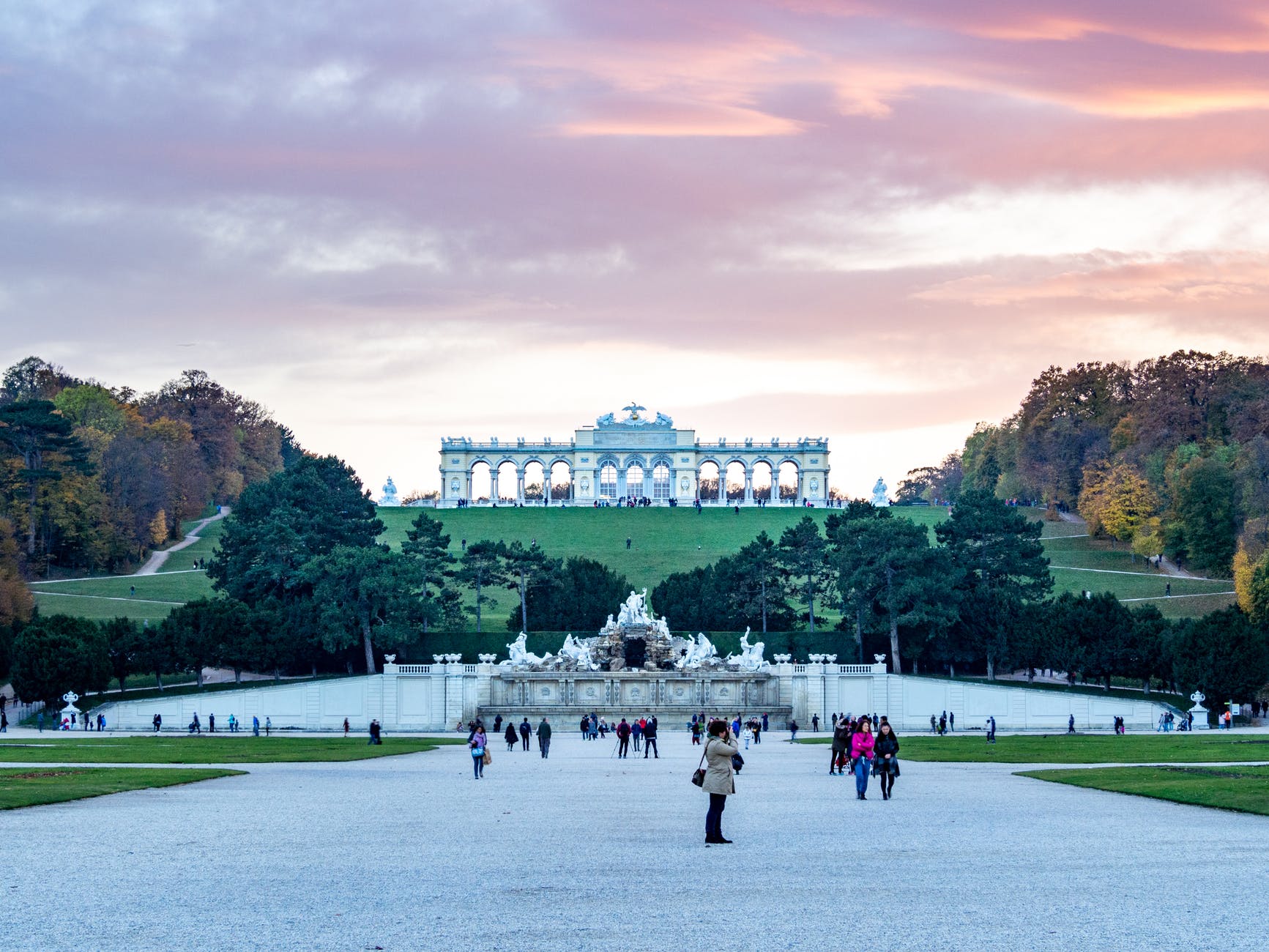
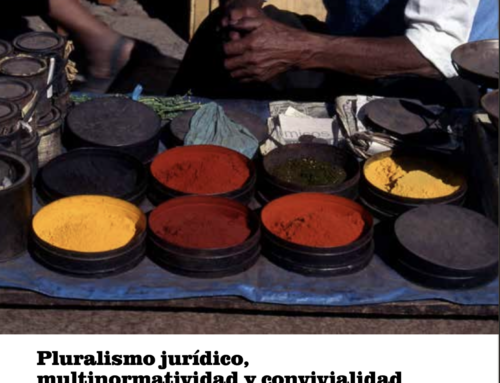
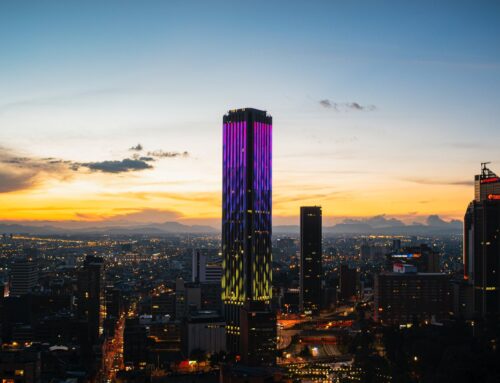
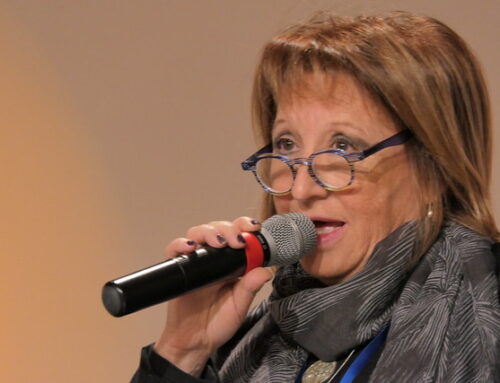
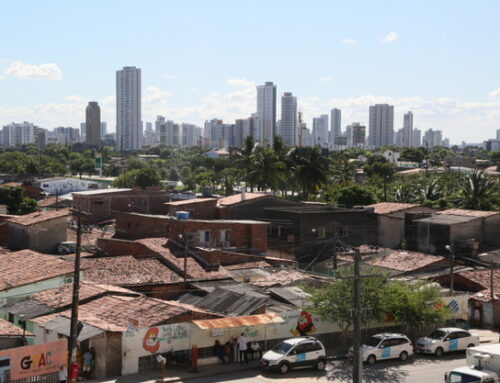
Leave A Comment